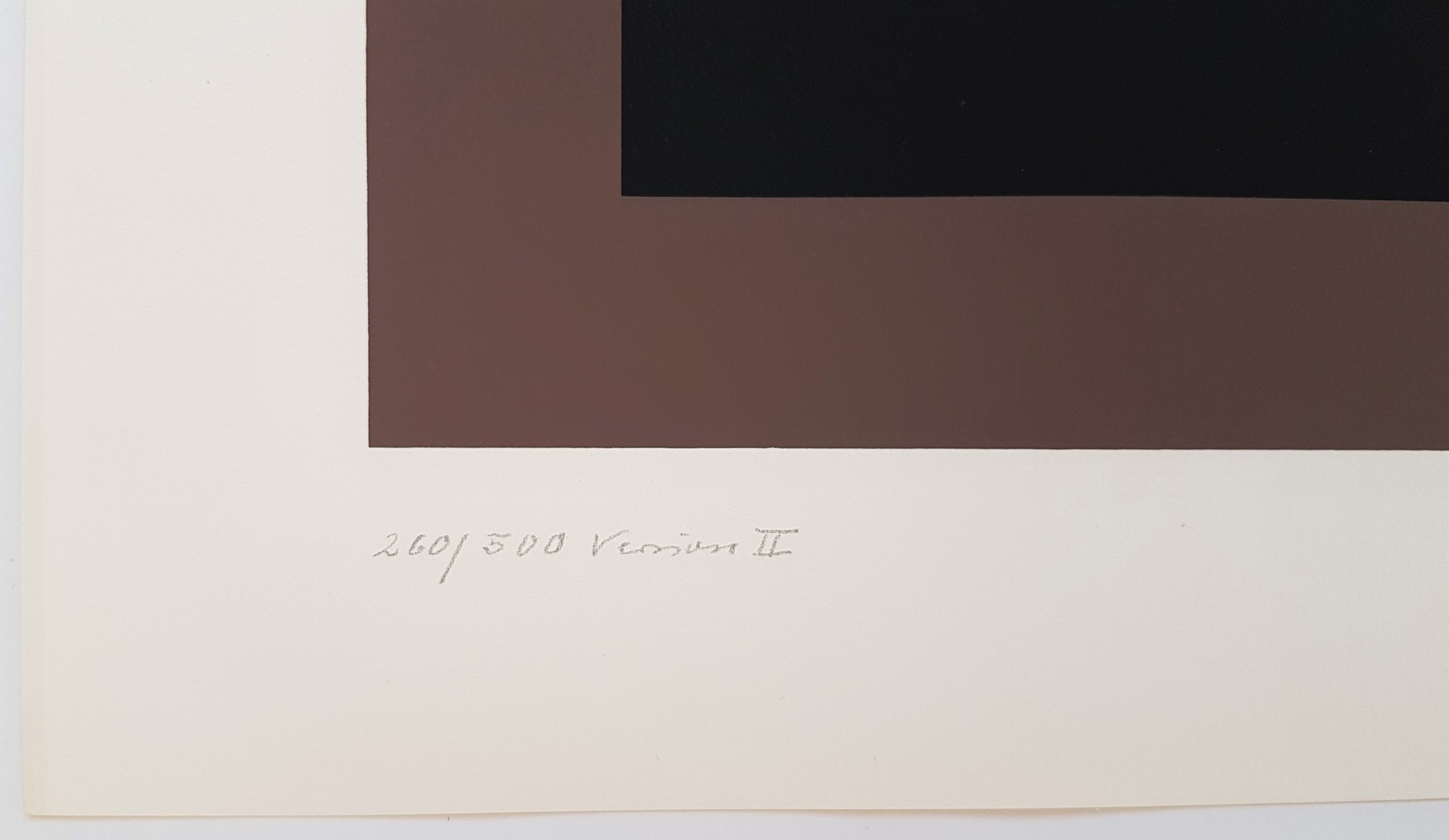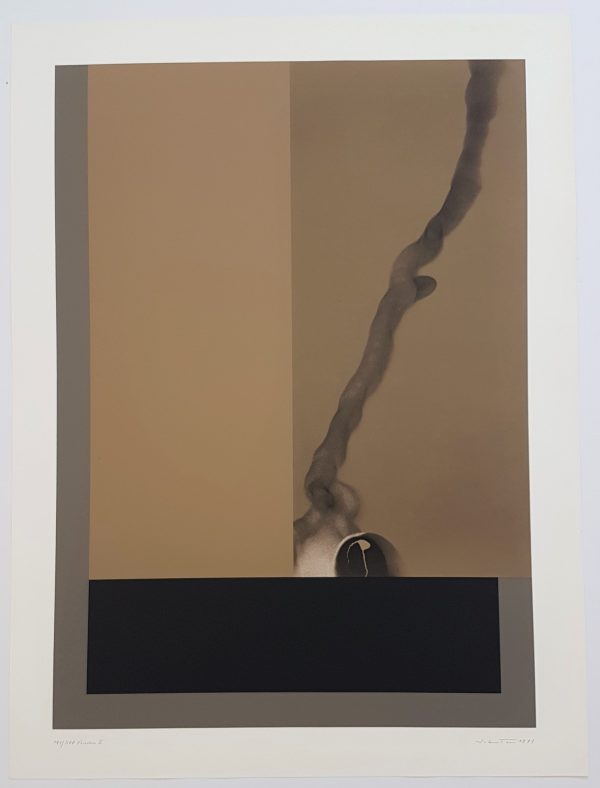No products in the cart.
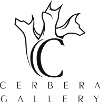
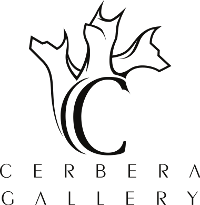
Sold Out
Ceramics (Functional)
Ceramics (Sculptural)
Editions & Prints
Multi & Mixed Media
Paintings & Drawings
Photography
Abstract Geometric and Gestural Composition
By Johannes Schreiter
Sold Out
$175.00
Johannes Schreiter (* 1930 Buchholz (Erzgebirge)
Title: Abstract Geometric and Gestural Composition
Colour silkscreen
Year: 1971
Signed, dated, numbered or inscribed
Edition: 500
Size: 27.3 × 19.5 on 31.2 × 23.4 inches
Out of stock
Questions about this piece? Send us a message!
Johannes Schreiter (born 8 March 1930) is a German graphic artist, printmaker, designer of stained glass, theoretician and cultural critic. Born in Buchholz in 1930, Schreiter studied in Munster, Mainz, and Berlin, before receiving a scholarship from Friedrich-Ebert-Stiftung in 1958. His invention of the Brandcollage in 1959 first brought him to broader cultural attention,and in 1963 he became professor of Painting and Graphic Art at the Frankfurt/Main School of Decorative Arts, and later Rector of the same. He was awarded the Bundesverdienstkreuze (National Cross of Merit), the highest civilian honour granted by West Germany, in 1979.
Part of the influential Post-War German school of stained glass, Schreiter’s work is characterised by the exploitation of lead as a graphic rather than solely structural element; the use of translucent, unpainted glass; and by a highly-developed and personal language of symbols. Regarded as occupying a position of pre-eminence in the stained glass of the 20th century, works by Schreiter can be found in historical and contemporary buildings, museums, and public and private art collections worldwide.
Other Artwork by Johannes Schreiter
Description
Johannes Schreiter (born 8 March 1930) is a German graphic artist, printmaker, designer of stained glass, theoretician and cultural critic. Born in Buchholz in 1930, Schreiter studied in Munster, Mainz, and Berlin, before receiving a scholarship from Friedrich-Ebert-Stiftung in 1958. His invention of the Brandcollage in 1959 first brought him to broader cultural attention,and in 1963 he became professor of Painting and Graphic Art at the Frankfurt/Main School of Decorative Arts, and later Rector of the same. He was awarded the Bundesverdienstkreuze (National Cross of Merit), the highest civilian honour granted by West Germany, in 1979.
Part of the influential Post-War German school of stained glass, Schreiter’s work is characterised by the exploitation of lead as a graphic rather than solely structural element; the use of translucent, unpainted glass; and by a highly-developed and personal language of symbols. Regarded as occupying a position of pre-eminence in the stained glass of the 20th century, works by Schreiter can be found in historical and contemporary buildings, museums, and public and private art collections worldwide.
